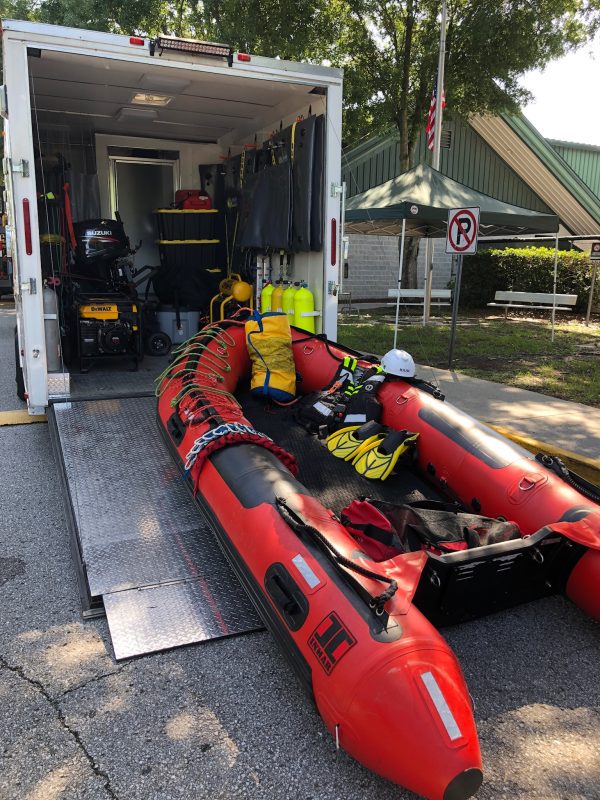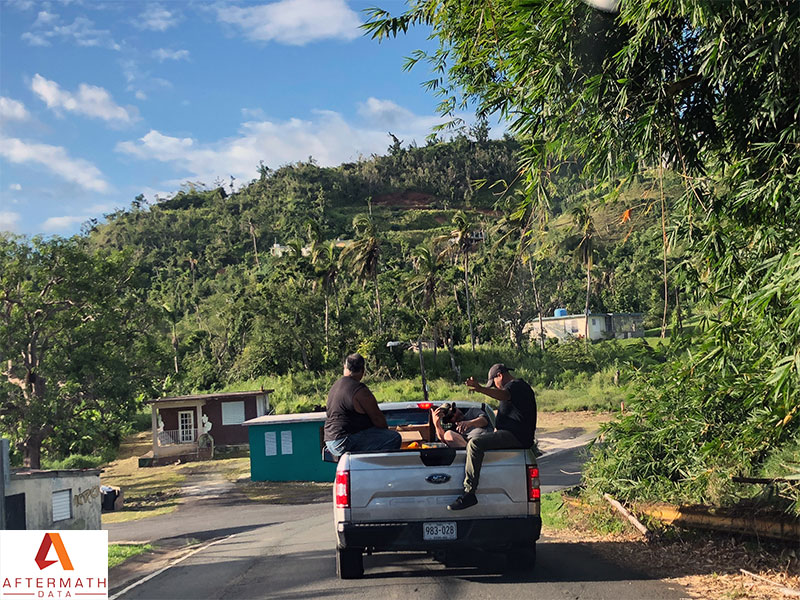Emergency Management Teamwork
By improving communication and the speed of sharing among all people and organizations involved, lives can be saved. Not only can lives be saved but thousands of people suffering for weeks or months can be relieved more quickly. Efficient logistics managements means responding and recovering from a large-scale disaster will be less expensive in lost materials, lower wages and less waste.
- Report emergencies
- Update the status of hospitals, shelters, aid center, FEMA depots
- Respond to requests for help, emergent, and non-emergent requests
- Lend a helping hand or bring resources such as a tractor or boat to assist

Users - Everyday Citizens
Users are the most important part of Aftermath. The more we share the app and get people reporting to it, the more we can help each other and improve the response of our emergency professionals.
Users perform several key functions:
- Real-time reporting of events as they are happening
- Request help services for non-emergency situations
- Post Emergency in life and death situations
- Submit SitReps (Situation Reports) to communicate to the EOC, family, and Responders what is happening "on the ground"
- Take photos and videos enabling emergency operations workers to see the real situation
Responders – People helping people
Responders are citizens ready, willing and able to lend a helping hand when people need it most. Responders may have resources or training that makes them a force multiplier in an emergency.
Responders perform several key functions:
- Real-time reporting of events as they are happening
- Respond and communicate with users who have requested help or posted an emergency
- Take the initiative to help when and where needed without direction
- Employ person resources such as boat, chainsaw, drone, snowmobile, truck
- Utilize skills and experience such as doctor, nurse, line worker
- Submit SitReps (Situation Reports) to communicate to the EOC, family, and Responders what is happening “on the ground”
- Take photos and videos enabling emergency operations workers to see the real situation

Government – professional management
In a major disaster or emergency, our government needs people in the area to provide information and respond to appropriate requests for help. By understanding the types of requests for help, geographic mapping of issues in real-time and knowing official resources available (fire rescue, National Guard units, FEMA resources, etc), the government can be significantly more efficient and cost-effective in the response thus saving lives and dollars.
Responders perform several key functions:
- Monitor data reported through SitReps and assign resources appropriately
- Identify shelters and maintain status data for people to understand service availability
- Assign lower level missions to individual citizen responders in the area, with resources or the right skills
- Assign higher level rescue missions professional responders, FEMA and military
- Enable ground commanders in civilian and military to take initiative in area of operation
- Distribute mass communication through a single national platform based on geography
- Review conditions and availability of service centers such as beds available at a shelter
- Stage resources based on past analysis of disaster data
- Monitor conditions in other locations without needing official communication
- Review photos and videos to improve understanding of a situation in various areas
Corporate Partners
When things get tough, corporate partners play a huge roll in preparing for a disaster or recovering from one. Corporations engaging in preparation, rescue, and recovery may be for profit, or non-profit. Contributions may range from shipping extra plywood to an impacted area, to staying open late, to setting up insurance processing centers, to general aid stations in a church parking lot. The shared goal is to save lives and help life get back to normal as soon as possible.
Corporate Partners perform several key functions:
- Monitor data reported through SitReps and channel resources appropriately
- Identify and update the location information on the map for everyone to keep current
- Respond to areas with high requests for help by augmenting Responders and government professionals
- Stage resources based on past analysis of disaster data
- Monitor conditions in other locations without needing official communication
- Promote free and paid services to those affected in order to provide rehabilitative services
Community Emergency Response Team (CERT)
Individuals that are considered part of a CERT have volunteer pre-event to receive training and certifications through various agencies. They are better equipment and more knowledgeable than untrained civilian responders. CERT responders will receive higher priority missions which may require their emergency response skills.
CERT Responders Provide:
- A more qualified response
- Easier and better integration and coordinate with emergency management personnel
- Knowledge of scene management
- Leadership in chaotic environment
- Concepts of an organized sequential response


